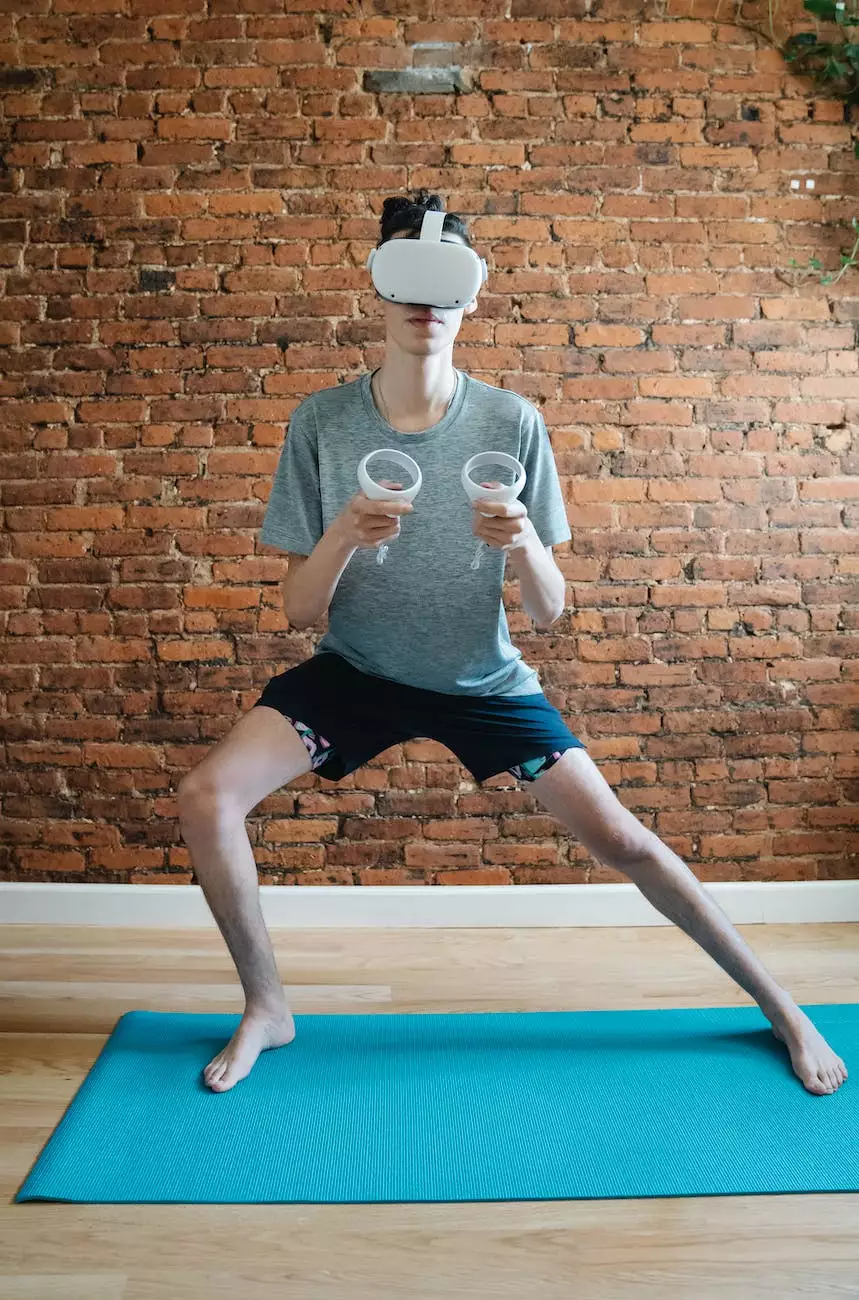Using VR for Training: A Full Guide for 2022
Blog
Introduction
As technology continues to advance, businesses are constantly seeking innovative ways to improve training effectiveness. One such groundbreaking solution is the use of Virtual Reality (VR) for training purposes. CI Advertising, a leading marketing and advertising agency in the business and consumer services industry, has been at the forefront of integrating VR technology into their training programs.
The Benefits of VR Training
VR training offers a plethora of advantages over traditional training methods. Firstly, it provides a highly immersive and realistic environment where employees can engage in hands-on experiences that simulate real-life scenarios. This level of experiential learning helps to enhance skill development, decision-making, and problem-solving abilities.
Secondly, VR training eliminates the need for physical resources and reduces costs associated with traditional training modules. It allows employees to undergo training remotely, at their convenience, thereby increasing efficiency and productivity. Additionally, VR training reduces risks that may arise from potentially dangerous or high-stakes situations, as trainees can practice in a safe and controlled environment.
Furthermore, VR training provides the opportunity for personalized learning experiences. With customizable training modules, employees can focus on specific areas they need to improve upon, resulting in a more targeted and effective training program. This level of personalization leads to enhanced knowledge retention and ultimately, higher performance levels.
Implementing VR Training in 2022
For businesses considering the implementation of VR training in 2022, it is crucial to understand the necessary steps to ensure a successful transition. CI Advertising offers a comprehensive guide to help you make the most out of VR training:
Step 1: Identify the Training Objectives
Begin by clearly defining the learning objectives and the specific skills you want your employees to develop through VR training. Understanding these objectives will enable you to design customized training programs that align with your organization's goals.
Step 2: Choose the Right VR Hardware and Software
Invest in high-quality VR headsets, controllers, and other required hardware that suits your training needs. Additionally, select the appropriate VR software that offers a range of interactive features and realistic simulations.
Step 3: Create Engaging VR Content
Work with experienced VR content developers to create immersive and engaging training materials. Incorporate realistic scenarios that employees are likely to encounter in their roles, allowing them to practice and apply their skills in a virtual environment.
Step 4: Implement VR Training Programs
Launch the VR training programs and provide thorough instructions to employees on how to navigate the VR environment. Monitor their progress, provide feedback, and adjust the training modules as necessary to ensure continuous improvement.
Step 5: Evaluate Training Effectiveness
Regularly assess the impact and effectiveness of the VR training programs. Collect feedback from trainees to identify areas of improvement and make necessary adjustments to enhance the overall training experience.
Conclusion
In conclusion, VR training is revolutionizing the way businesses in the marketing and advertising industry develop their employees' skills. CI Advertising understands the immense potential of VR technology and has seamlessly integrated it into their training programs. By leveraging the benefits of VR training, businesses can enhance employee performance, reduce costs, and drive overall success. Follow our comprehensive guide to implement VR training in 2022 and stay ahead of the competition in this rapidly evolving industry.




